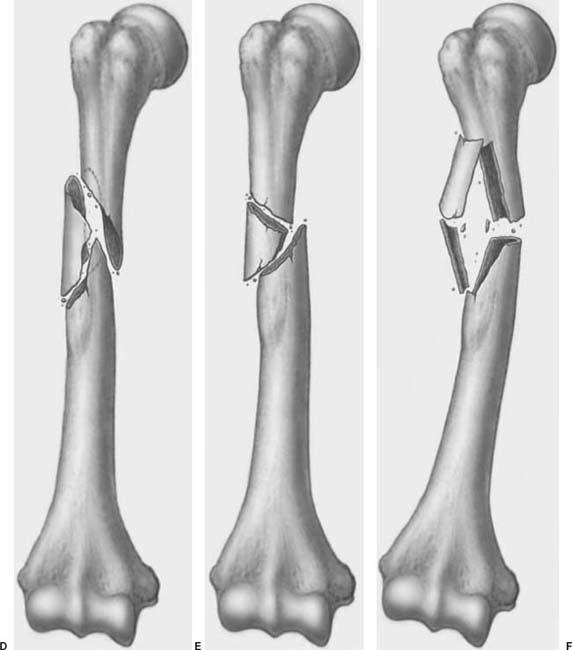Fractures are unavoidable during traumatic injuries and how severe they will be will depend upon the degree of trauma that occurred. For example, the fractures could be severe when they occur due to high-energy automobile crashes whereas, the situation could be milder in the case of low-impact injuries.
The humerus is one of the most commonly injured bones during trauma, especially when falls directly on his/her outstretched hand or in case of high-impact injury. The fracture in the humerus can occur at any location i.e. proximal (near the shoulder), shaft (at the middle of the bone), or distal (near the elbow). Our focus in this post will be humeral shaft fractures.

What are Humeral Shaft Fractures?
When it comes to the fractures in the shaft of the upper arm bone, then they account for around 5 percent of all fractures. When the humerus break from the middle, then the fracture is known as humeral shaft fracture. This type of fracture can occur in people of all age groups but due to different causes. Plus, this fact also cannot be denied that the chances of humeral shaft fractures increase with age. Fracture in the shaft of the upper arm bone doesn’t involve elbow or shoulder joint.
Humeral shaft fractures can be fixed with or without surgery, but when the surgery is required, the use of Orthopedic Implant & Instruments may be required.
Causes of Humeral Shaft Fractures
Humeral shaft fractures can occur when someone falls from a height. Besides this, high-energy collisions like car or bike accidents and contact sports injuries also result in these fractures. In general, young and adults are more prone to this condition due to high-impact injuries. While on the other hand, elderly people can fracture the bone even with a slight fall. This is because the bones become weak with age and the process is accelerated due to osteoporosis.
Diagnosis
Radiographic examination is the best way to diagnose humeral shaft fractures, but at first, the orthopedist will perform a physical examination. This will help the doctor know how the injury has occurred and what are the symptoms faced by the patient. Plus, the physical examination is also helpful in identifying whether the patient has any other complications or not.
An X-ray examination will show a clear picture of the location of the fracture and the orthopedist will be able to identify the best treatment. When things are not clear even after an X-ray, the doctor may suggest a CT scan, and it is generally preferred in the case of comminuted fractures.
Treatment of Humeral Shaft Fractures
The most common mode of the treatment of humeral shaft fractures is the non-surgical method. In this method, the broken bones are immobilized with the application of a splint or a cast. In most cases, long-term splinting is done to ensure correct healing of the fractured bone. Once splinting is done or a cast is applied, the doctor will call the patient for follow-ups regularly. X-ray examination at regular intervals will be indicated to check the progress of the healing of bone.
Sometimes, surgical treatment is required and it is often indicated in the case of severe fractures. Open reduction and internal fixation (ORIF) is the preferred surgical technique that is used in most cases. In this method, orthopedic implants are required and some of the most common ones that are used include Intramedullary Nail and Titanium Elastic Nail System. Remember, the choice of implant used will completely depend upon the type and severity of the fracture.
I’m a 20-something stay-at-home mother and wife. I have an amazing husband, a beautiful daughter, two loving dogs, and a lazy cat. I wouldn’t change my life for anything! I love to read, listen to music, cook and blog!

Speak Your Mind